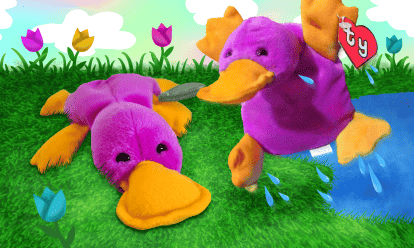
March 30, 2025
The Many Faces of Patti the Platypus: 2025 Value Guide

March 3, 2025
Life in the Dreamhouse: The Best Barbie Playsets of the 90s
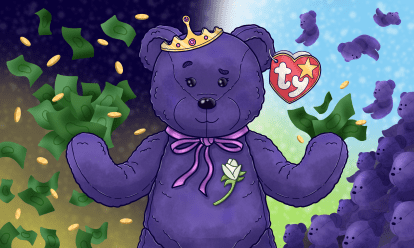
March 4, 2025
Real Princess Diana Beanie Baby Value 2025
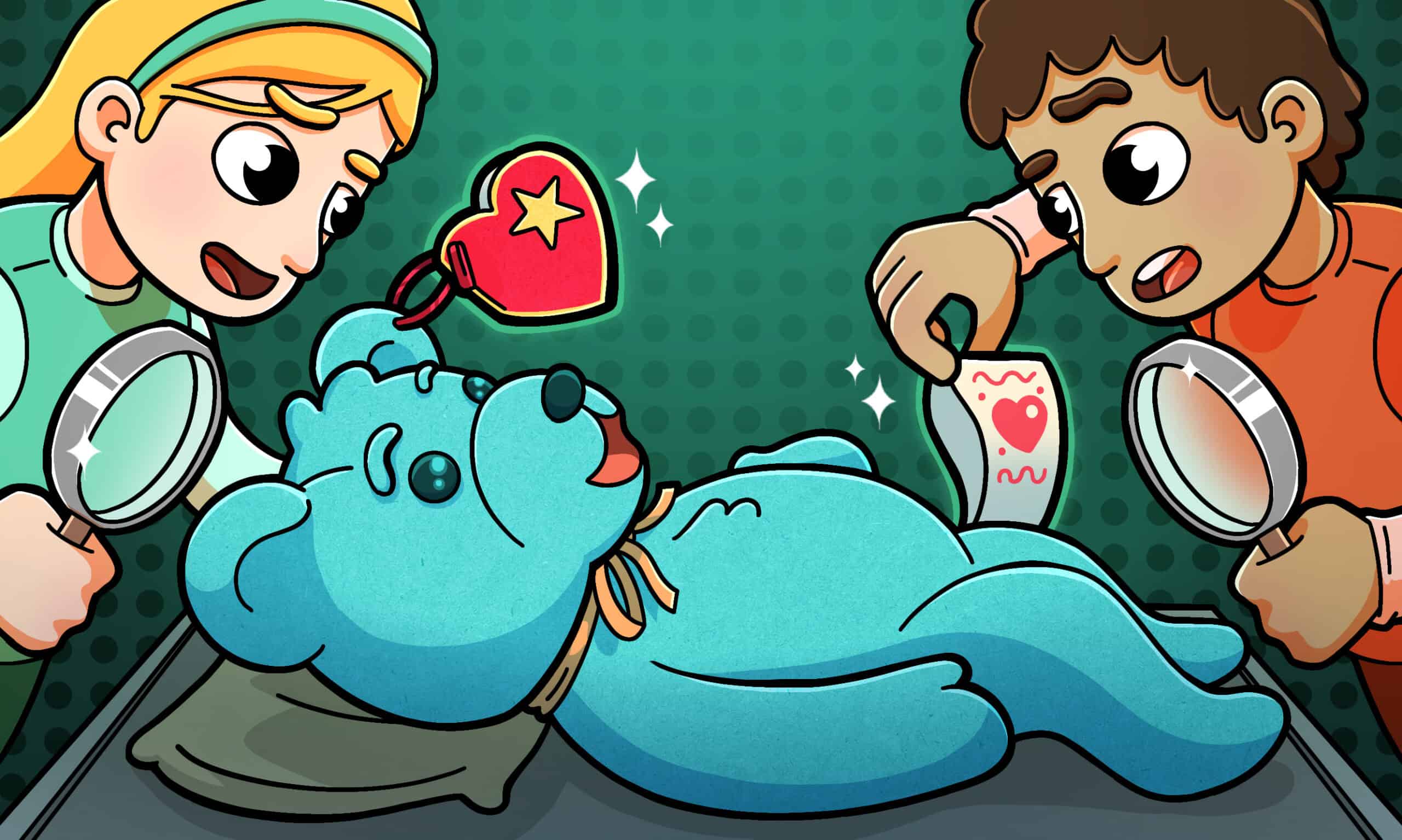
When it comes to collecting Beanie Babies, there are a handful of factors that need to be considered in order to make sure you’re only adding the finest specimens to your plushie parade. We’ve talked about things like Beanie condition, manufacture date, and cleanliness in previous guides, but in this one, we’re going to dive deep into a detail that seems pretty simple on the surface, but can actually have a massive effect on what a Beanie is worth. That’s right, we’re talkin’ tags – how to identify them, what to look for, how to preserve them, and most importantly, how they can make a Beanie worth thousands of dollars.
As with all Rediscover 90s Toys guides, we use the most varied, verifiable sources possible for our information. If you have corrections or suggestions for us, please reach out to us on the Community Forums. Your input will help us to create the most accurate, up-to-date guides possible.
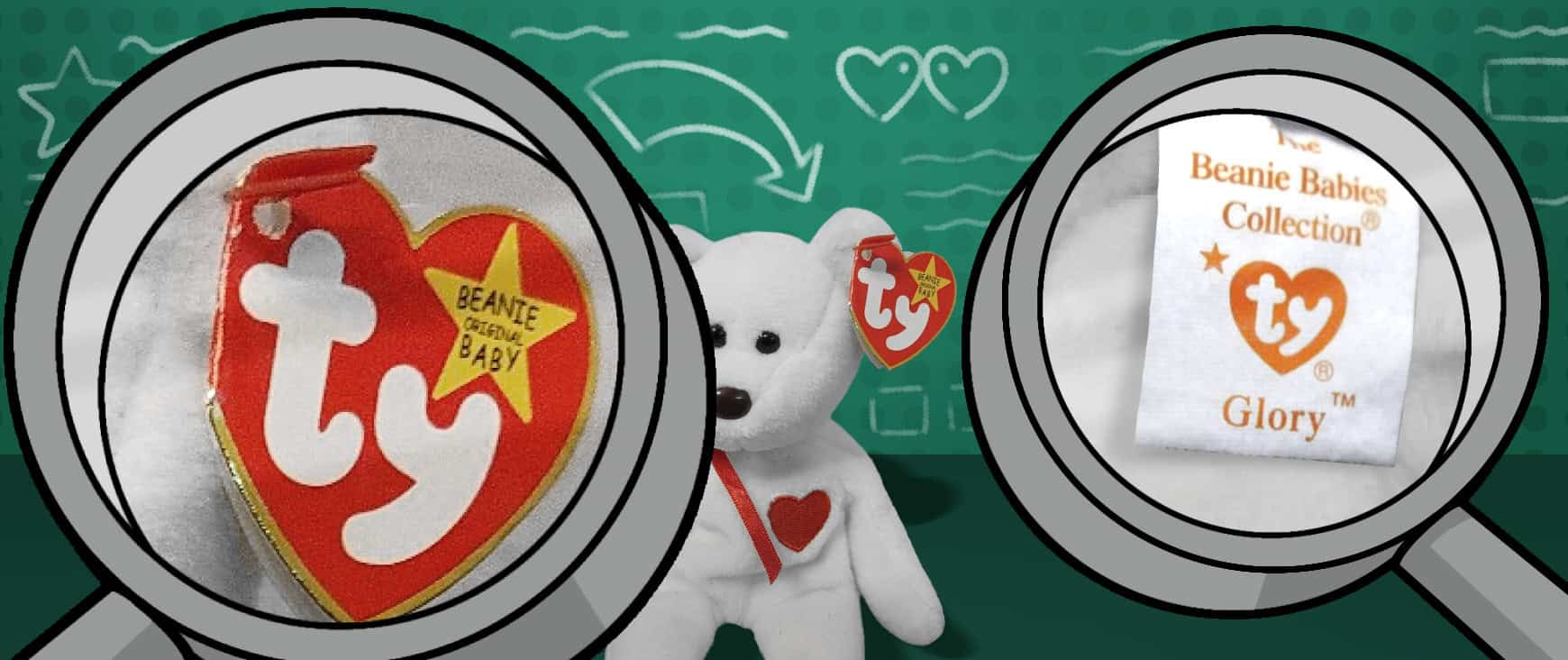
If you’re new to Beanie Baby collecting, welcome! There’s a lot to learn, but this is a great place to start.
To kick things off, here’s a little explanation for the different types of tags you’ll find on any Beanie Baby worth its fluff.
Hang Tags: These are the heart-shaped card stock tags you’ll find dangling off of most Beanie Babies – mostly from their ears, sometimes from a wing, but the actual hang tag location can vary from Beanie to Beanie. We’re going to talk more about various details of these in just a bit, but for now, all you need to understand is that if you find a Beanie without a hang tag, its value will be dramatically decreased. We’re talking about a 75% drop in value in some cases. Also, you might see these tags referred to as “Swing Tags” in some places.
Tush Tags: These are the rectangular fabric tags that you’ll find sewn into a Beanie’s… well… tush, hindquarters, bum, whatever you want to call it. Non-collectors and the uninformed will make the mistake of assuming tush tags are not as important due to their location and lack of decoration, but there’s a lot you can learn from a tush tag, and sometimes the right tush tag can bump up the value of just about any Beanie – even those without a hang tag. Don’t write off (or on) tush tags!

Whether you’ve taken a glance at our previous comprehensive Beanie Baby guides or not, you probably understand one of the core tenets of Beanie value: the older it is, the more valuable it is – at least for the most part. There are other things to consider, like the length of manufacturing (which helps to gauge the number of that particular Beanie hiding out in toy chests around the world), but a good rule of thumb to follow is that the older a Beanie is, the more likely it is to be worth something.
Now, how can you identify how old a Beanie is? Aside from a few discrepancies in materials and finish some Beanies have, the best way to tell is through proper identification of their tags and the generation they represent.

Note
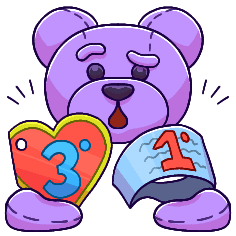
While both hang and tush tags have distinguishable generations, they won’t always be the same generation. For instance, you may find a beanie with a 3rd-gen hang tag, but a 1st-gen tush tag. This is common for early Beanies, but collectors will always use the hang tag to declare a Beanie’s generation.
There are lots of fantastic resources that can help you identify and keep track of tag generations, but we’re going to provide a rundown of the earliest generations for you right here, which are the ones we find tend to be the most valuable.
The information and some of the images in the following section were sourced from posts on the Beanie Collectors subreddit created by the forum’s moderator, Skrumpei, AKA Josh Giadrosich. As a longtime Beanie collector and fighter of Beanie misinformation across the internet, Josh was kind enough to allow us to feature resources and a wealth of knowledge we wouldn’t have had access to otherwise. For more of Josh’s thoughts and Beanie knowledge, you can also check out his Beanie Baby-centric videos on YouTube.

The original hang tag. Features “skinny” white bubble letters on the front for the ty logo on a single, flat piece of cardstock outlined with gold trim. The back of the tag has basic info for the Beanie (name, copyright year, location of manufacture, etc.). First appeared in early 1994, but can also be found on rare pre-release Beanies that appeared in November 1993.
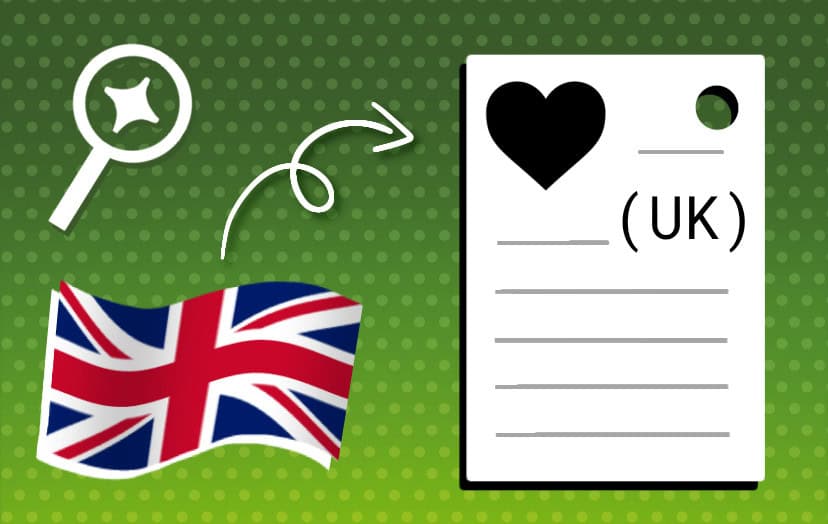
UK-based Gen 1 Beanies initially received a white, rectangular hang tag instead of the red, heart-shaped one. These are referred to as “Pre-Gen 1” tags, and are extremely rare, which means Beanies that have them are very, very valuable.

The first “double tag”. Looked largely the same as Gen 1 from the front, minus a flat portion on the left side where the tag folds over. Opens like a book to reveal information like Ty distribution centers and basic Beanie info. Later versions of Gen 2 hand tags moved all of the basic information to one side and featured a space to dedicate the Beanie to a loved one (“to____ from____ with love”). Only available with Gen 1 tush tags. Ran from mid-1994 to early 1995.

In Canada, a small number of Beanies were released with an embroidered tush tag that was usually used for other Ty products. Beanies featuring these tush tags are super rare and valuable.

Features the same opening “double tag” design as Gen 2, but the bubble letters on the cover are thicker and take up more of the tag’s face. Also keeps the dedication spaces. Will feature Gen 1 or 2 tush tags. Ran from early 1995 to mid-1996.
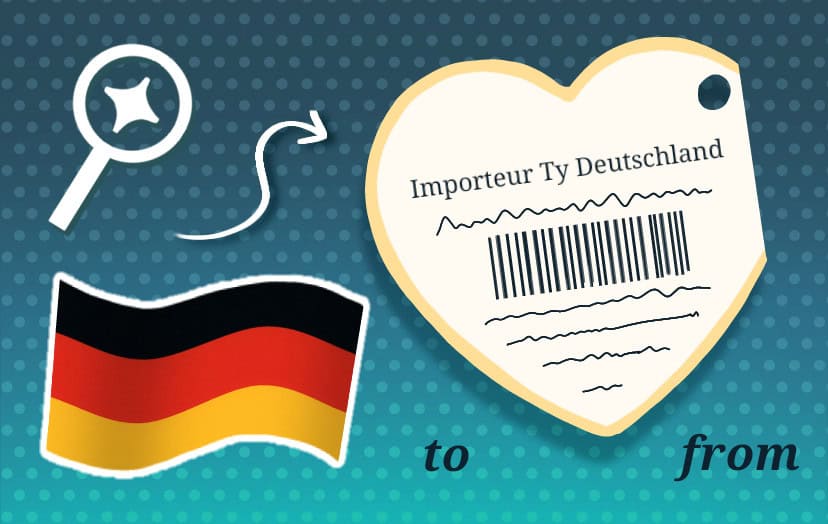
A super-rare German variant of Gen 3 tags features the words “Importeur Ty Deutschland” on the back of the tag, while the dedication text is written in italics.

Largely the same as Gen 3, but the bubble letters lose their colored outline, and a gold star containing the words “Original Beanie Baby” now appears over the “y”. This was the first generation to feature numerical birthdates and poems for each Beanie in addition to their name, and the first to feature the Ty website at the bottom of the tag. Will feature Gen 3, 4, or 5 tush tags. Ran from mid-1996 to the end of 1997.
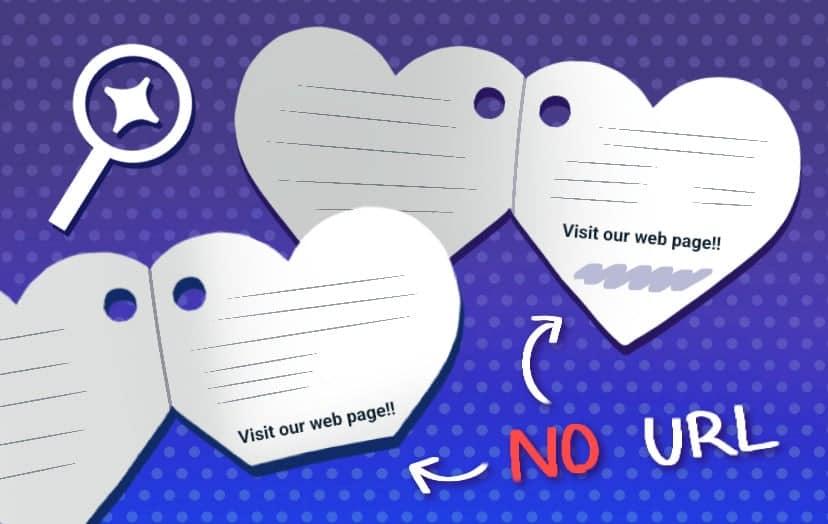
Due to Ty Inc. running into issues with a company called “Tech Yard”, they weren’t able to get the Ty.com web domain right away. While that was being sorted out, some hang tags were printed without the website URL, while others had it covered with a sticker or physically cut off completely. These anomalies can be more valuable to some, although it’s hard to prove if a hang tag was cut during manufacture or long after.

Appears identical to Gen 4 on first glance, but features a few small changes that set it apart. First is the font being used – changed to Comic Sans from Times New Roman. The more rounded letters as well as the crossed “I” inside the gold star on the front of the tag are a dead giveaway. Also, the Beanie’s birthday on the inside of the tag is written out in words rather than numbers like they were on Gen 4 hang tags. Will feature Gen 6, 7, or 8 tush tags. Ran from late 1997 all the way through 1999.

Some Gen 5 hang tags have typos, including “Oriiginal” on the front cover and “Suface” on the back cover. Some of these misprints have a sticker that correctly reads “Surface” on the back, and this was done for a short time until the misprints were corrected in manufacturing. Some places online will tell you that these errors warrant massive leaps in value, but that’s not really the case.
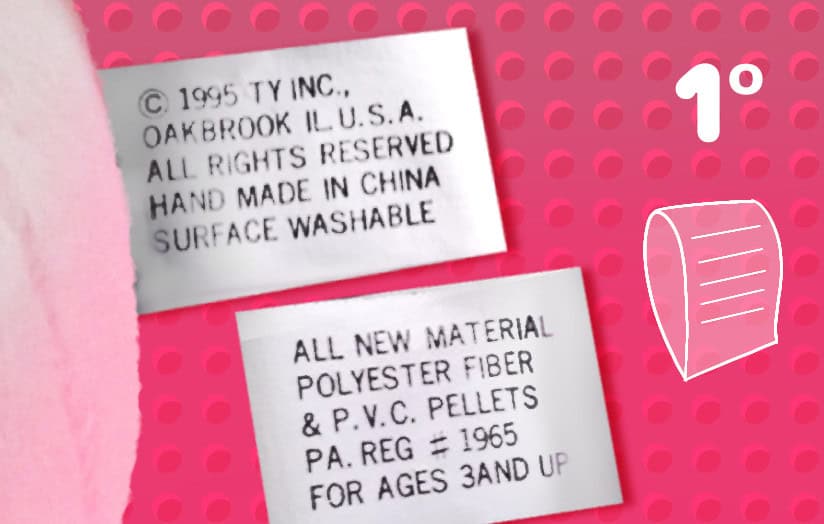
The original – simply a white fabric tag with five lines of black text that details the copyright year, location of manufacture, materials, etc. Ran from pre-launch November 1993 to January 1996.
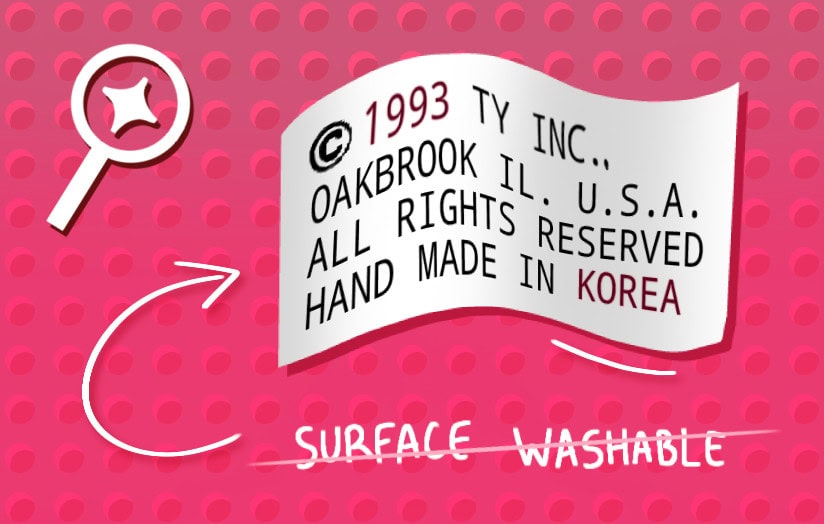

Changes the black text to red and adds the signature heart-shaped Ty logo to the front. The back of the tag contains the product information. It started appearing on Gen 3 hang tag Beanies sometime between October 1995 and January 1996, and was phased out with the switch to Gen 4 hang tags around June 1996.
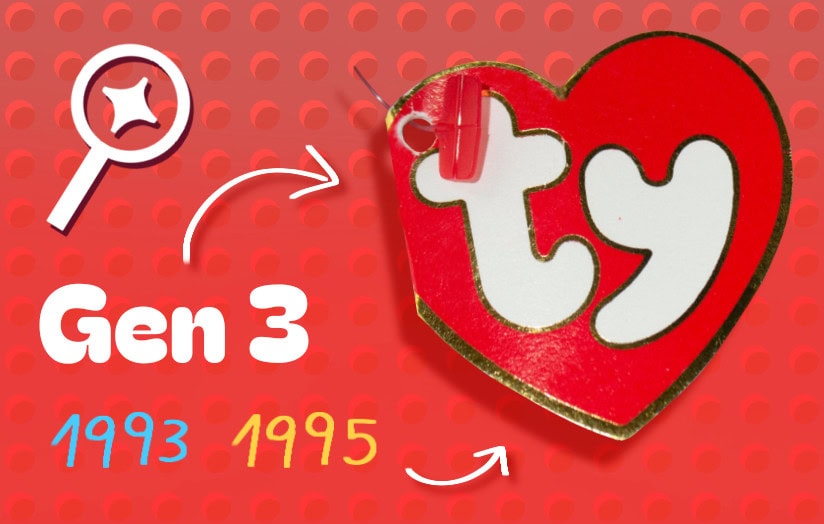
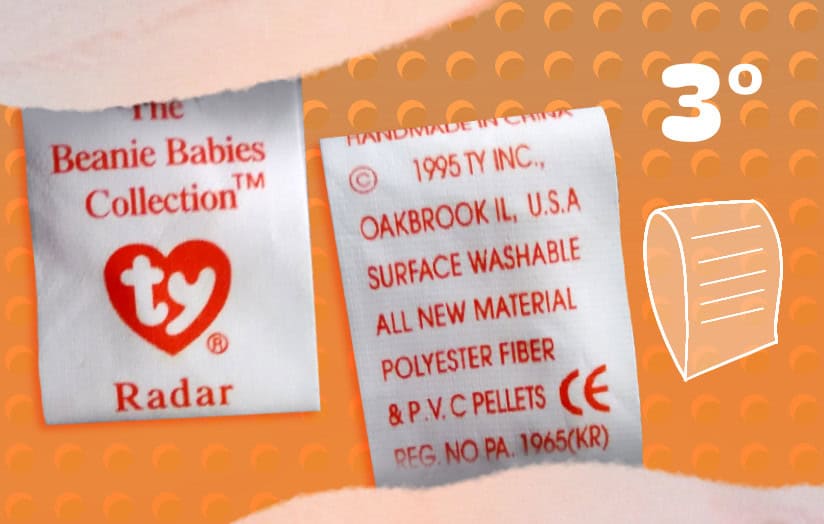
A narrower version of the Gen 2 tush tag. Adds the text “The Beanie Babies Collection” to the front of the tag above the heart logo, which has been reduced in size. Most notably, Gen 3 tush tags were the first to include the Beanie’s name, which would be printed under the heart logo. Can have a 1993, 1995, or 1996 copyright year, and will say it’s made in China or Korea. Introduced in May 1996, and ran until sometime in May 1997.

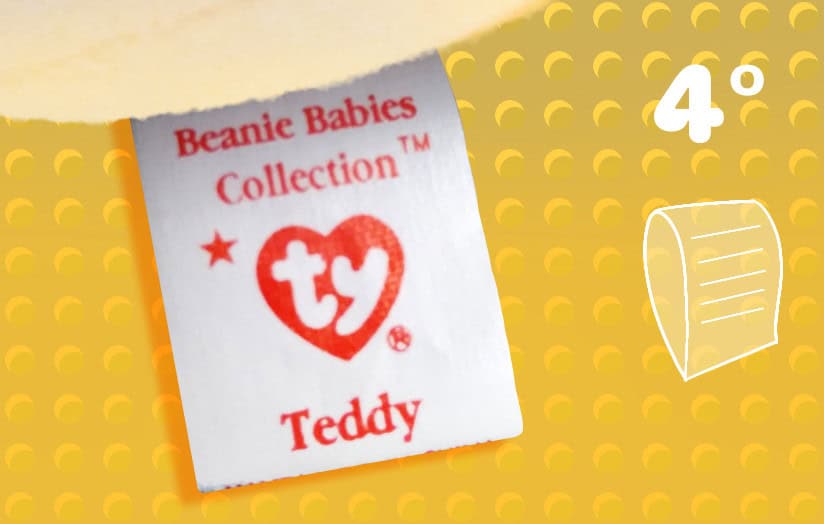
Same as Gen 3, minus the addition of a small red star to the upper left of the heart logo. Only ran for a few months, between June and September 1997.

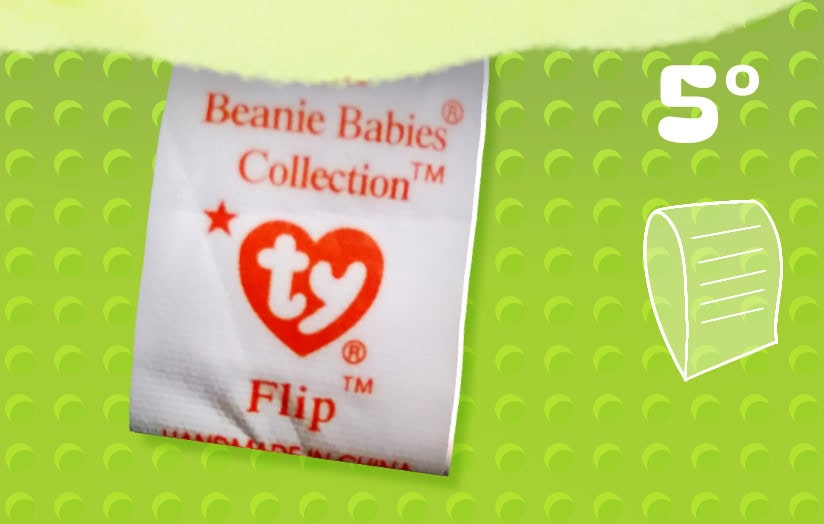
Same as Gen 4, minus the addition of the trademark symbols. “The Beanie Babies Collection” featured a ® symbol after “Babies”, and the Beanie’s name had a ™ after it. Ran from roughly September 1997 to December of the same year.

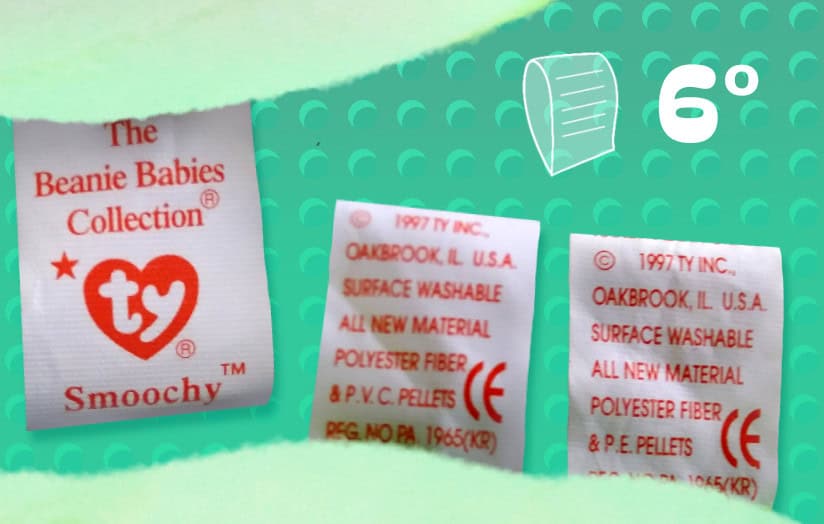
Only minor changes from the previous several generations. The ® trademark symbol was removed without replacement, and the ™ after “Collection” was replaced with a ® symbol. Will feature 1993, 1995, 1996, 1997, or 1998 copyright years, and will say it’s made in China or Indonesia.
First appeared in November 1997, and was used through 1999.

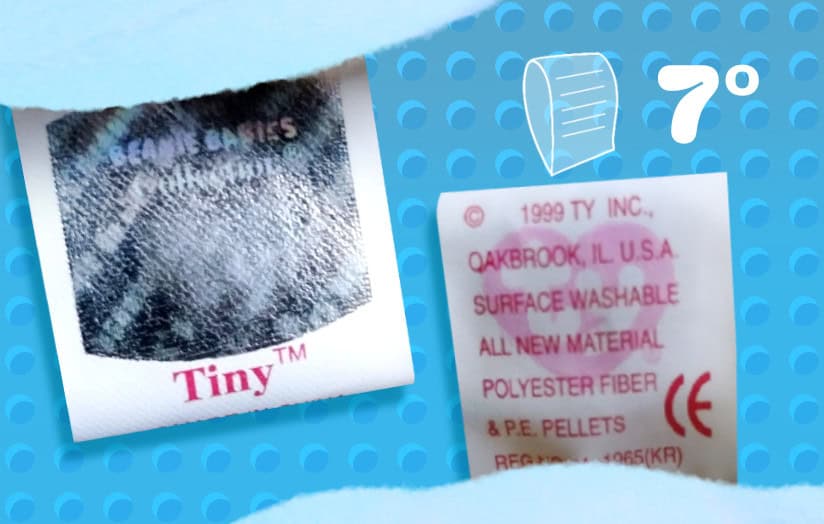
The first major update to the tush tag in a while. Where the heart logo once appeared was replaced by a holographic mark that was intended to be more difficult to counterfeit. The back of the tush tag featured a large heart logo that was heat-sensitive, causing it to fade in and out from the heat of fingers touching it. It will always show a 1999 copyright year, and will always be Made in China. Ran from the beginning of 1999 to August or so.
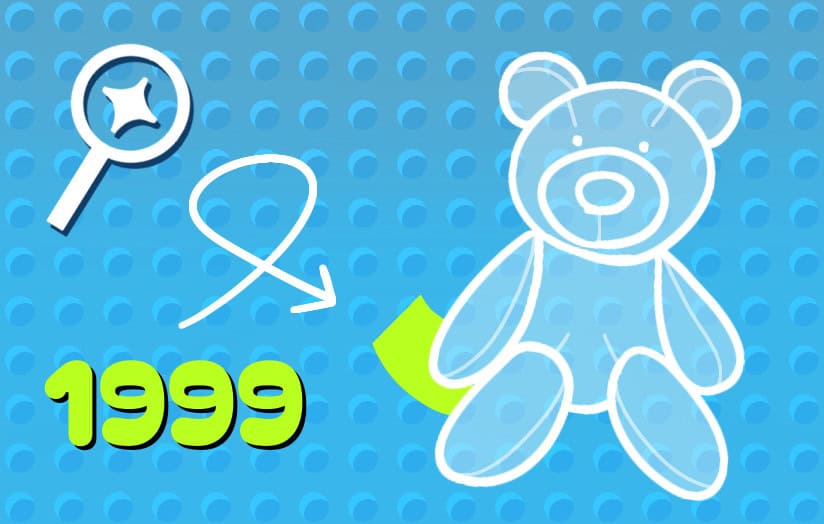
Was used for new Beanies produced in 1999, but older Beanies from before that kept their older tush tags instead of receiving the new one.
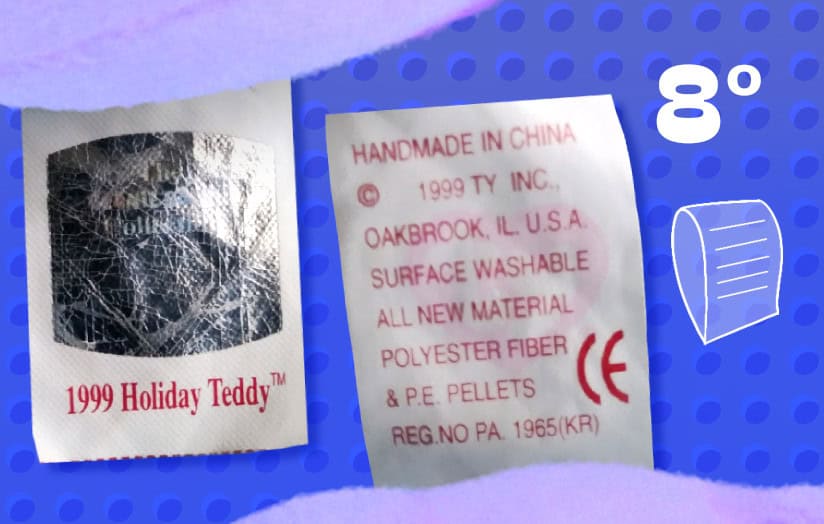
Same as Gen 7, but is now a single piece of fabric with text on both sides instead of a fabric loop – returning to the original format of early-gen tush tags. Will always show copyright 1999 and Made in China. The exact manufacturing period for this generation is difficult to pin down for a variety of reasons and isn’t completely consistent across all Beanie releases of the time, but it is estimated to have run from around August 1999 through the end of that year.

Was introduced just in time for the final batch of Beanies before the turn of the millennium.
Beanie Babies distributed in Canada received a special third tag underneath the tush tag. It was implemented in order to allow Beanie Babies to meet the import regulations for toys in Canada, and appears as a white tag with black text in both English and French. These entered use alongside Gen 2 hang tags. These notably don’t add much in terms of value unless a collector is specifically looking for them.
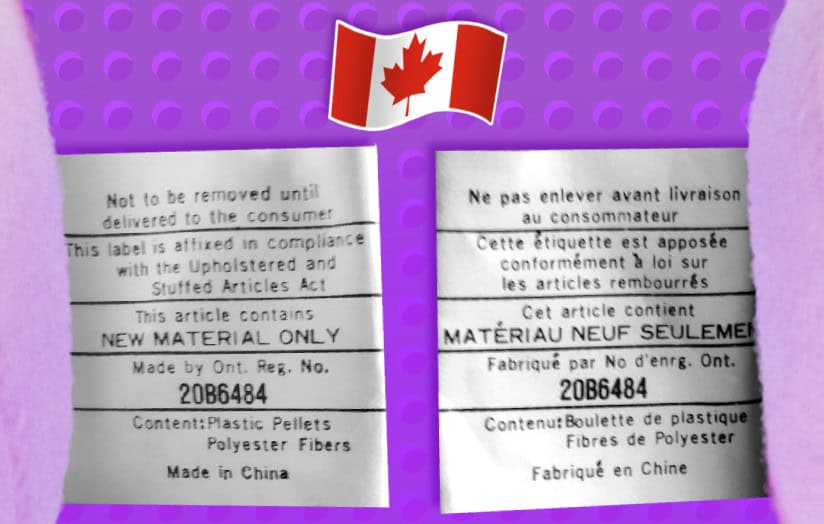
This information covers just about every Beanie produced up until the year 2000, which – as you can probably imagine – is outside this website’s purview anyway. We have ensured everything here is as accurate as possible, but there are a few notable discrepancies regarding errors and other mishaps that will come up in a later section.

Before we move on though, here’s a spreadsheet created by Skrumpei that outlines the tag generations mentioned above in great detail, right down to the individual Beanies and the generations they belong to.
Note: While it is extremely helpful and thorough, this spreadsheet is based on a single person’s knowledge and should only be used as a reference. Reach out to us in the community forums if you have any data to add or issues to address.

The other side of the coin when it comes to evaluating a Beanie’s tags is the condition.
Are they creased, ripped, or faded? Have they been written on or defiled by barcode stickers? Are they there at all? These are all things to consider, and most Beanie collectors have a moment where they kick themselves for doing things with tags when they were younger and… less wise.
Everyone obviously wants mint condition hang and tush tags, and Beanies that have both tags in pristine condition will fetch the best price. Thankfully, condition is something that’s easy to determine at a glance.
When checking out Beanies in online auctions, listings or our price charts, there are a handful of terms that will be used to describe their condition. They are:
MINT – Tag is flawless – crisp, flat, glossy, with no creases, bends, or marks. Appears untouched.
Excellent – Tag is fully intact with only minor signs of handling – slight edge wear or soft bend. No deep creases.
WORN – Visible wear such as noticeable creases, folds, light fading, or sticker residue. Still attached.
DAMAGED – More serious, covers things like tears, writing, water damage, etc.
MISSING – IT’S GONE!
*Clear Stickers* – This signifies the early Gen 4 tush tags that had clear stickers applied during their manufacturing. Completely normal, and should not be removed.
Yes, these terms seem self-explanatory, but here comes the fun stuff: combined condition terms for Beanies and their hang tags!
MWMT – Mint Beanie with Mint Tag
MWMT MQ – Mint Beanie with Mint Tag, Museum Quality. This is the best of the best, and a term you’ll only find with authenticated Beanies or outright liars and rapscallions. It’s usually pretty easy to tell the difference between them.
MWNMT – Mint Beanie with Non-Mint Tag.
MWNT – Mint Beanie with No Tag.
Generally speaking, “non-mint” and creased hang tags can cause a Beanie’s value to take a pretty significant hit – as much as 50% in most cases. However, it’s better to have a damaged hang tag than none at all. The total absence of a hang tag can result in a Beanie being worth being cut by 75% or more compared to its full “mint” value.
As for tush tags, these can also cause a Beanie’s value to decrease if they are damaged, but not as much as a damaged or absent hang tag. However, don’t count tush tags out just yet. The presence of an older or specialty tush tag can bump up the value of a hang tagless Beanie hundreds of dollars! Some tush tags capable of this are the 1st and no-name 2nd gen tags, and specialty tags like the “Handmade in Korea” 4-line and 5-line tush tags from Gen 1.
All in all, the condition of a Beanie’s tags is every bit as important as the condition of its fur or fluff. With that in mind, it’s in the best interest of every Beanie collector to preserve their tags as much as possible.

Most Beanies worth anything will come with some kind of protector if they’re being bought from a collector, but on the off-chance that they don’t, you have tons of options to protect your tags. Well, your hang tags at least. More on that later.
When you’re looking for hang tag protectors, you’re going to want a plastic casing that includes space for the plastic end of the tag holder. That’s going to look something like this: the highly regarded BTP brand tag protectors. Having this extra space means that there won’t be any creasing in that area.
There are also more complex hang tag protectors, which preserve the double tags’ functionality. Here’s a video of what those look like in action. They’re pretty cool.
For maximum protection, there are products like LOCK-ITS, which are heart-shaped tag holders made of hard plastic and are deep enough to accommodate the tag and the plastic tag holder without issue. You can buy those here.
Lastly, there are slip-on hang tag protectors made of thin plastic. However, these aren’t recommended by anybody in the community for a number of reasons – the worst being that the presence of any liquid or humidity can cause the outer print to stick to the inside of the protector. Try to remove the stuck protector, and the whole face of the hang tag peels off like that one scene in The Witches. *Shudder* you know the one.
When it comes to protector options for tush tags, your options are unfortunately more limited.
We found these on eBay, and these on Etsy, though we can’t speak to their efficiency. Again, tush tags do tend to be overlooked, but we would say having a protector on them is better than not if we’re talking about an early generation tush tag.
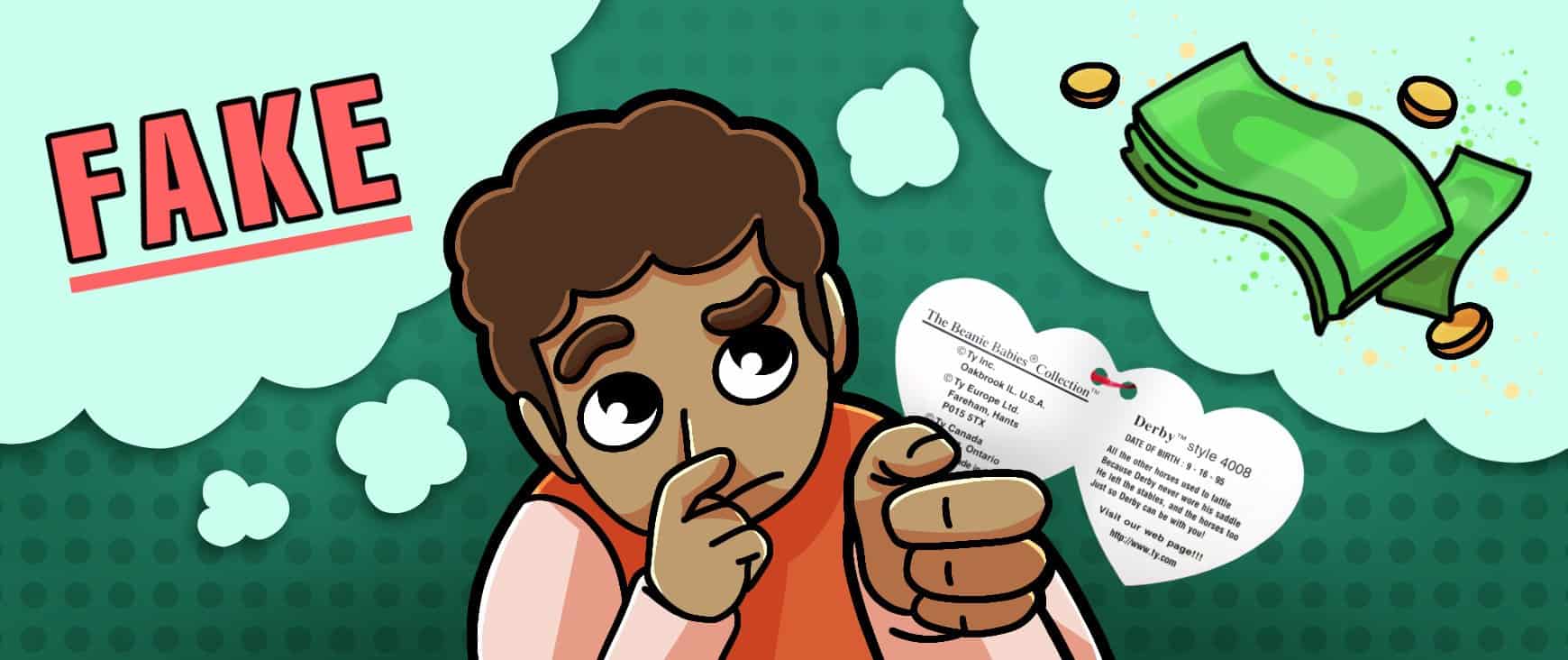
Blogs across the internet and eBay listings will all try to convince you that there are a myriad of Beanie Baby production errors that can cause a Beanie’s value to shoot up thousands of dollars.
This is not the case.
While there are a number of errors that can affect a Beanie’s value, they’re actually few and far between. We wanted to bring this up since so many errors are tied to misspellings and such on the tags – many of which have been mentioned in this guide – but we’re working on another guide that will go in-depth on errors that exist and what they might be worth.
For more Beanie Babies, action figures, and all things 90s, make sure you follow Rediscover 90s Toys on Instagram, Pinterest, and our other social media pages!
Mike is a video game enthusiast, a chronicler of the 90s, and a collector of many things. Born in the mid-90s, he was able to catch the wave of some of the best things the decade had to offer, like Power Rangers, Pokémon, Bagel Bites, the list goes on. Despite the amount of time that has passed, he still enjoys many of those things today! If he’s not writing or gaming, he’s probably wondering why Warriors of Virtue didn’t take off the same way Teenage Mutant Ninja Turtles did.
Check it out!

March 30, 2025
The Many Faces of Patti the Platypus: 2025 Value Guide

March 3, 2025
Life in the Dreamhouse: The Best Barbie Playsets of the 90s

March 4, 2025
Real Princess Diana Beanie Baby Value 2025